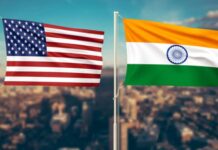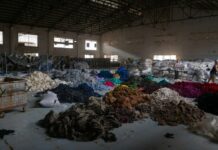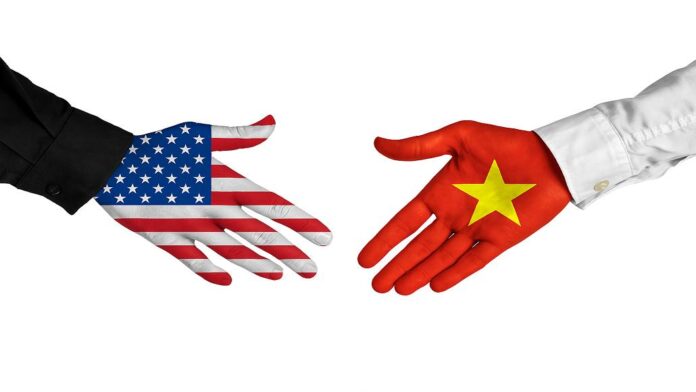In a recent announcement, President Donald Trump unveiled a new trade agreement with Vietnam, imposing a 20% tariff on imports from the Southeast Asian nation while allowing US products to enter Vietnam tariff-free. Previously, exports from Vietnam to the United States faced a hefty 46% tariff that was set to take effect imminently. This new tariff rate is significant, as it doubles the current minimum tariff imposed on goods from Vietnam and many other countries.
Describing the agreement as a “Great Deal of Cooperation,” Trump stated that the United States will also impose a hefty 40% tariff on goods that are trans-shipped through Vietnam. He emphasized that Vietnam would provide “TOTAL ACCESS” to their markets, allowing US firms to sell products in Vietnam at zero tariffs.
However, the implications of this agreement have sparked apprehension among stakeholders in the apparel industry. Many professionals are eager to understand how this deal will affect apparel sourcing and what specific provisions may apply to the clothing sector. The uncertainty surrounding the trade deal raises questions about its impact on global supply chains and overall operational costs in an already challenging market.
Industry insiders are advocating for careful scrutiny of the agreement, urging that new regulations should not complicate compliance or hinder competitiveness. Clarity on how this deal aligns with existing international agreements and standards is becoming increasingly essential as stakeholders navigate the complexities of global trade.
Moreover, industry leaders stress the need for collaboration between the US and Vietnam to ensure that the trade deal promotes sustainable practices and fair labor standards. The successful outcome of these discussions could significantly influence the future of fashion sourcing, affecting how businesses operate and compete.
As the fashion sector awaits further details on the agreement, the focus remains on its potential to reshape operational strategies within the apparel industry. With Vietnam being a crucial player in global fashion sourcing, the stakes are high, and industry professionals must adapt swiftly to the changing landscape of international trade.
In light of these developments, stakeholders are poised to monitor the situation closely, assessing how the US-Vietnam trade deal will impact not only their businesses but also the broader consumer markets. The implications of this agreement could resonate throughout the apparel sector for years to come.


































